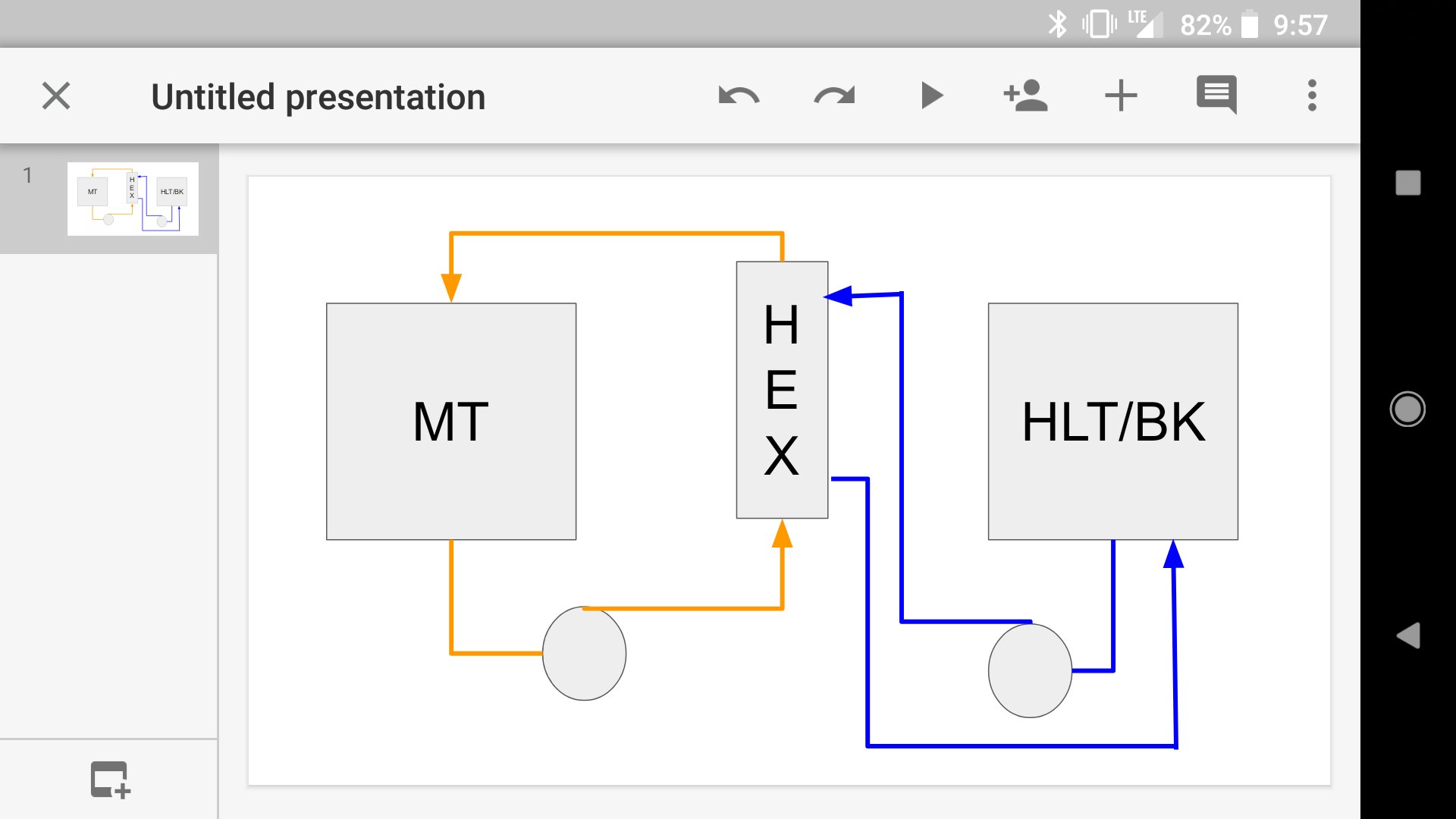Hey all, I am starting on my electric indoor brewing room! Very excited I will have a dedicated space in stable temp conditions to make year round brewing enjoyable. I currently have been doing BIAB via propane and I am trying to decide on what system to move forward with. Some thoughts below.
Likes about BIAB
1. Fairly short, 4-5 hour brew days.
2. Lower cost for gear.
3. Less cleanup.
Dislikes about BIAB
1. Had a lot of consistency issues between batches.
2. I have a 10 gallon setup and dealing with grains is a bit of a PITA.
3. Efficiency has been all over the place. Kind of lines up with #1.
SO I am looking for feedback. I want to do this new space once. While it would be nice to save on equipment I am not opposed to spending the money on a 3 vessel system. I have a pump and a ton of hoses, clamps etc. I will be getting a new brew kettle and would need a new BIAB basket, since I currently have a bag and cant use in the electric kettle. SO not a ton of difference price wise.
So from a repeatability, efficiency point of view does it make sense to move to 3 Vessel? I could always start out with BIAB then move to 3 vessel, would be out a little money but maybe thats a first step?
Likes about BIAB
1. Fairly short, 4-5 hour brew days.
2. Lower cost for gear.
3. Less cleanup.
Dislikes about BIAB
1. Had a lot of consistency issues between batches.
2. I have a 10 gallon setup and dealing with grains is a bit of a PITA.
3. Efficiency has been all over the place. Kind of lines up with #1.
SO I am looking for feedback. I want to do this new space once. While it would be nice to save on equipment I am not opposed to spending the money on a 3 vessel system. I have a pump and a ton of hoses, clamps etc. I will be getting a new brew kettle and would need a new BIAB basket, since I currently have a bag and cant use in the electric kettle. SO not a ton of difference price wise.
So from a repeatability, efficiency point of view does it make sense to move to 3 Vessel? I could always start out with BIAB then move to 3 vessel, would be out a little money but maybe thats a first step?






